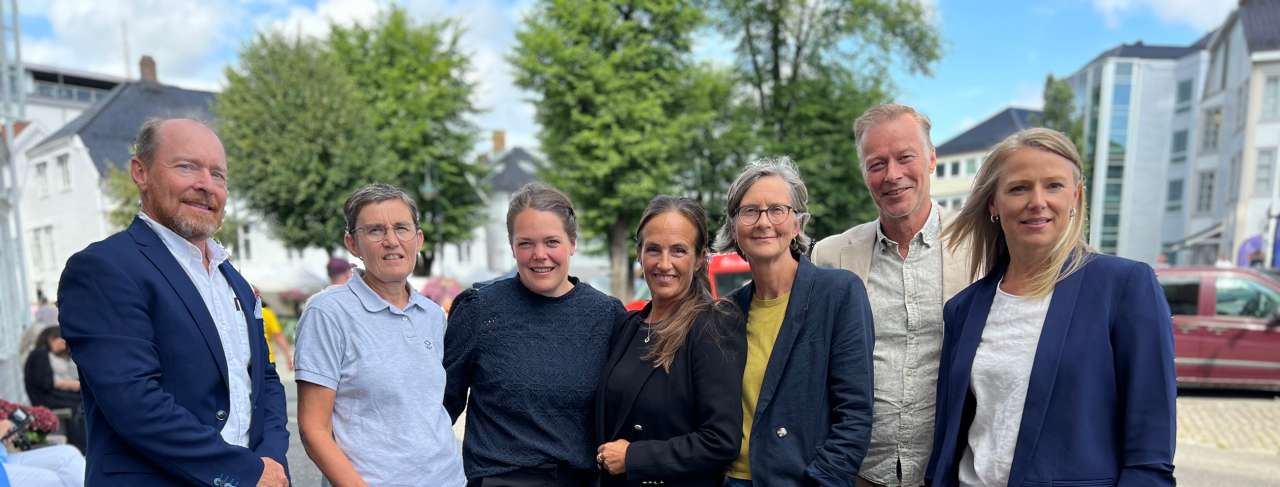NIBIO joins the debate on dietary guidelines

Photo: Kathrine Torday Gulden
In August 2024, the Norwegian Directorate of Health introduced new dietary guidelines based on the relationship between nutrition and health. But what are the consequences for Norwegian agriculture and food security if these recommendations are followed?
The new guidelines advise reducing the intake of red meat and dairy products while increasing the consumption of fruits, vegetables, berries, legumes, nuts, and plant oils.
Dr Anne Kjersti Bakken believes there is potential to increase vegetable production in Norway. However, following the recommendations to reduce milk and red meat consumption would have significant consequences for Norwegian agriculture as we know it today.
Even the most optimistic estimates for increased plant-based production would barely compensate for the large reduction in grassland use resulting from lower consumption of these animal products.
"If Norwegian food production is adjusted to align with the new dietary guidelines, around 30 percent of Norwegian agricultural land will go out of use," says Dr Bakken.
"This will be particularly challenging for regions such as Western Norway, Innlandet, Nordland, Troms, Finnmark, and parts of Trøndelag, where dairy farming is the backbone of agriculture. Major changes in production will lead to significant shifts in land use and value creation," she concludes.
Audun Korsæth, Division Director at NIBIO, is among those critical of the national dietary guidelines. He argues that the guidelines should support food commodities that can be produced domestically.
"We could certainly eat a little less red and white meat. But when the dietary guidelines promote foods that are difficult to produce in Norway, I worry that this could lead to increased imports and reduced food security," he says.
Contacts

Purpose
NIBIO aims to take an active role in the debate about the future of Norwegian food production, focusing on food security and agriculture across the country.
Contacts

